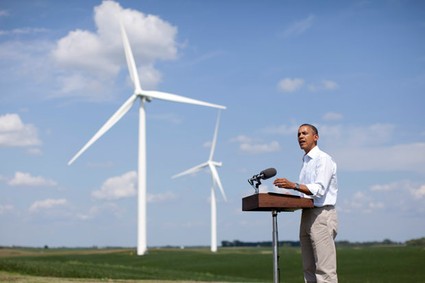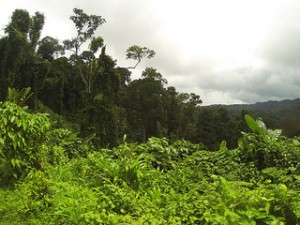
Photo Courtesy of Lynda On Tour.
Consumers have thousands of choices in today’s markets – why not choose green?
Earlier this week, the United Nations Intergovernmental Panel on Climate Change released its latest comprehensive report evaluating the current and projected impacts of global climate change. At a press conference presenting the report, IPCC chairman Rajendra Pachauri told New York Times reporters that, “Nobody on this planet is going to be untouched by the impacts of climate change.” The results of the study are incredibly daunting.
This is certainly not the first time the global community has heard about the perils of climate change and the certain devastation it will bring to our societies. That being said, not much has changed for the better in the past few decades in terms of humans’ overall treatment of the environment. While people may be more educated and informed than ever before, there is still a long way to go towards shifting the status quo away from harmful and destructive human actions, and towards sustainability and environmental protection. Continue reading



